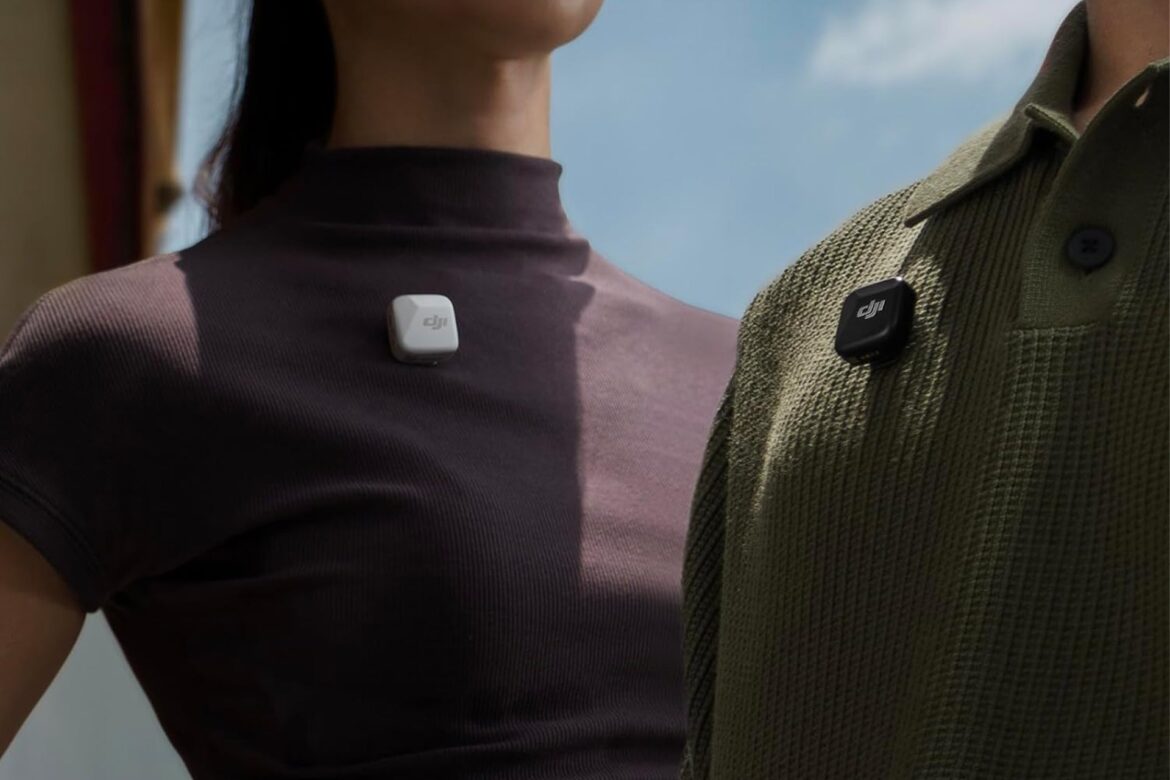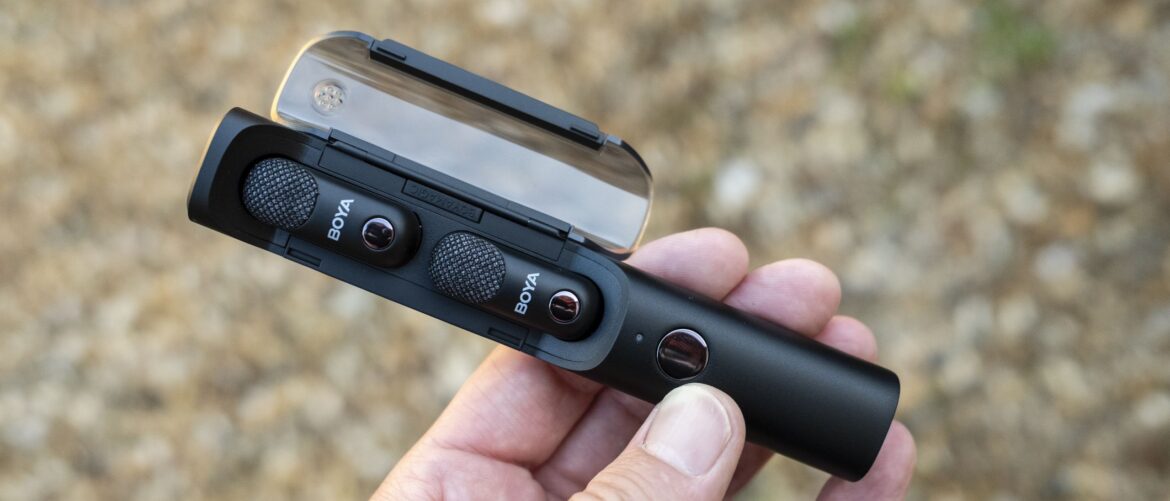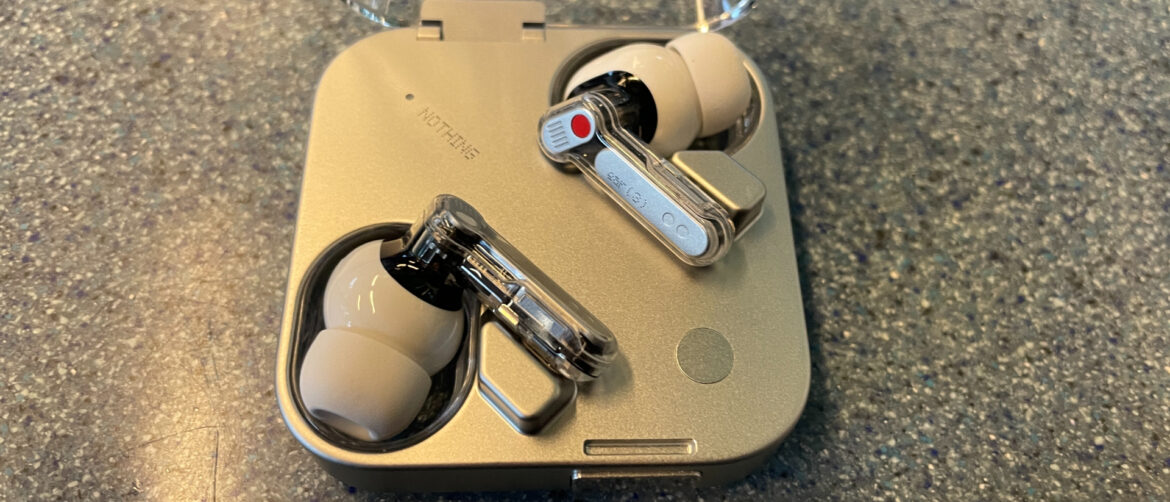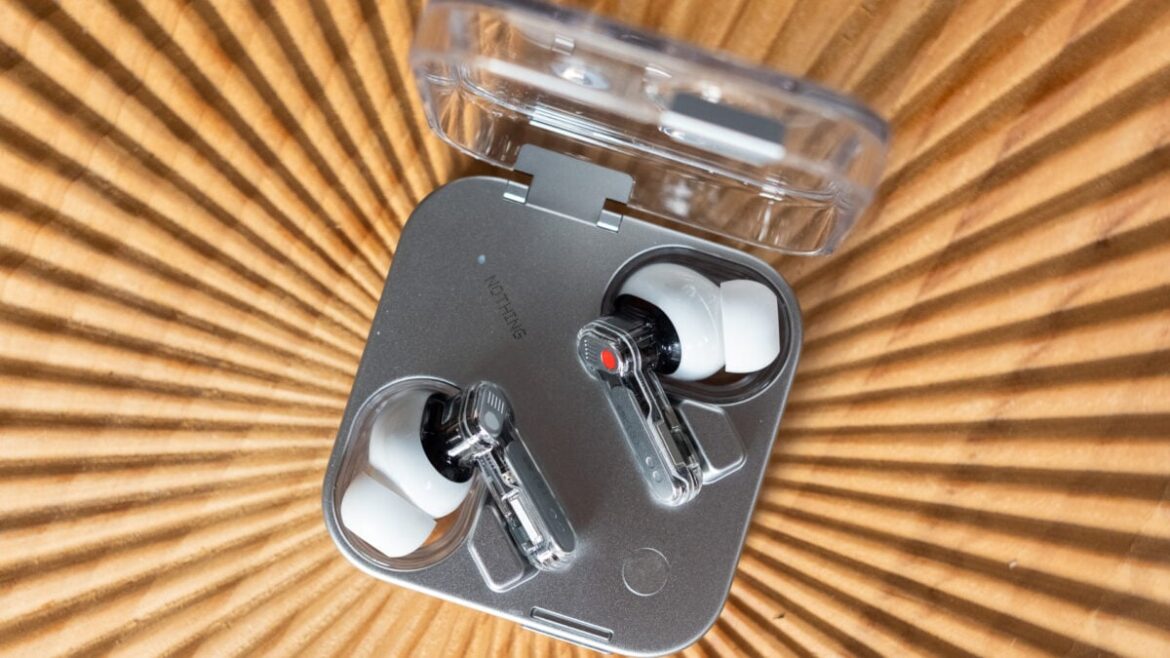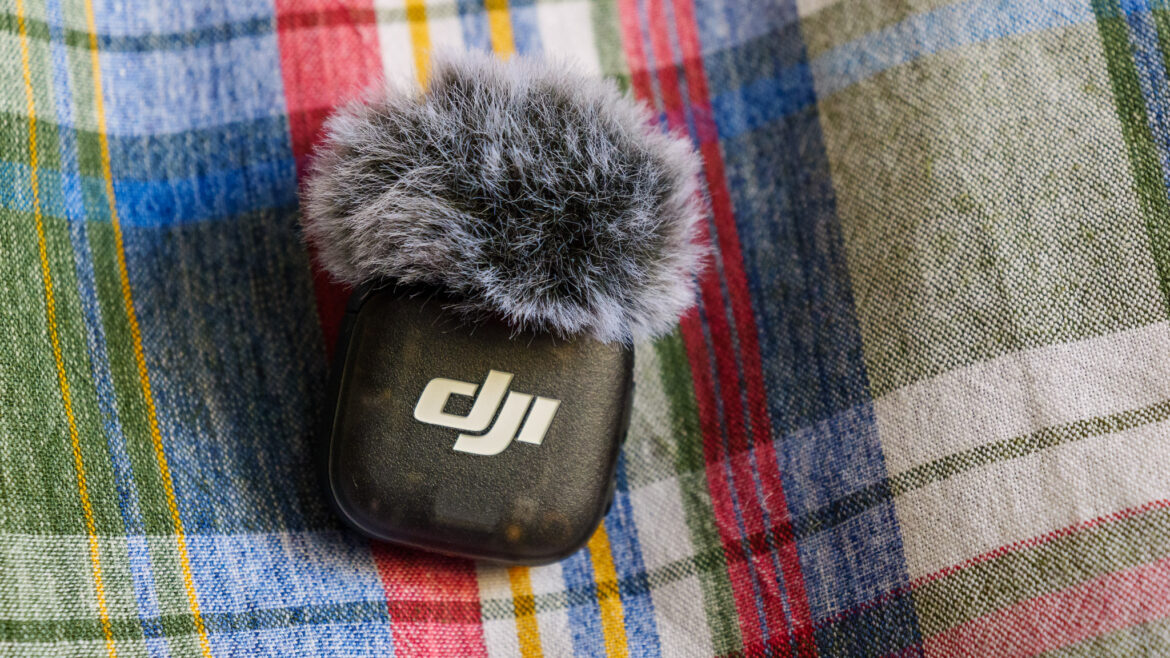Any creator that wants to be taken seriously needs to start focusing a lot more on their audio. It doesn’t matter if your doing simple vlogs from your couch or conducting those man-on-the-street styled videos. Your viewers, whether they are conscious of it are not, are going to notice your sound quality. Cheap audio reduces the production value of your work, even more so than poorly shot or low quality video does, at least in my opinion. The good news is that it’s easy to take your audio up from sounding bad to sound pretty good. The DJI Mic Mini is a wireless lavalier microphone that is easy to use and far from expensive. It normally goes for $60, but right now, Amazon has it listed for 29% off. That saves you $17, bringing the price down to just $42 for a limited time.
See at Amazon
Comfortable on You and in Frame
The DJI Mic Mini is an ultra-light miniature wireless transmitter that can be worn comfortably and is aesthetically pleasing on camera.
This mini microphone for creators can be placed on the speaker’s person in three different convenient ways. It can clip onto the collar of their shirt as well as the inside of a button-up. You can choose to magnetically adhere it. Just slap the mini clip magnet behind the shirt with the DJI Mic on the front. And then lastly, you can use a simple lanyard and have it hang around the speakers neck like a necklace.
All you need is the one transmitter. When fully charged, it has a maximum operating time of up to eight hours. That should give you plenty of time to record interviews, selfie videos, on-stage events, or whatever it is your looking to capture.
The mic utilizes intelligent noise cancelling at two separate levels. The basic mode is made for indoor settings that are relatively quiet but still has some background noise that’s better off removed. Strong mode is ideal of outdoor noisy environments where you really need to separate the sound of your person speaking from the crowds.
The DJI Mic Mini uses an algorithm to makes sure the audio it picks up is good to use. It’s automatic limiting feature will lower the volume on its own if it detect audio input is too high. This can help prevent clipping.
For a limited time, you can grab the DJI Mic Mini wireless lavalier for the reduced price of just $42. Save $17 and upgrade your audio recording today.
See at Amazon

